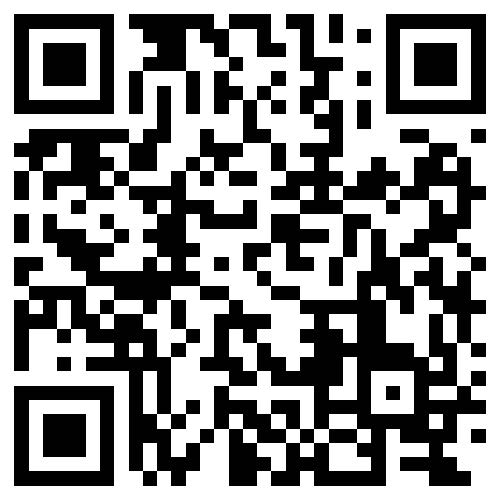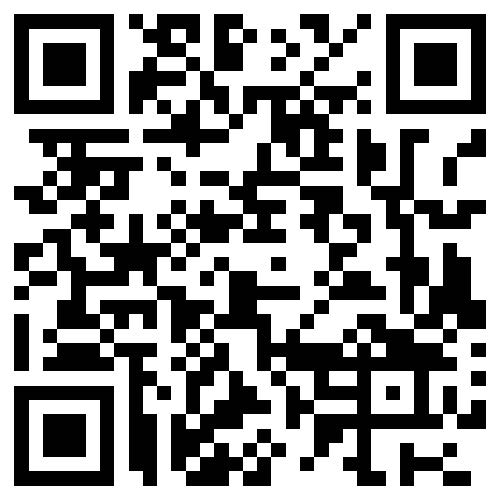when does the forex market open 2024
| Forex Market Center | Time Zone | OpensGMT | ClosesGMT |
|---|---|---|---|
| Frankfurt Germany | Europe/Berlin | 06:00 AM 27-June-2024 | 02:00 PM 27-June-2024 |
| London Great Britain | Europe/London | 07:00 AM 27-June-2024 | 03:00 PM 27-June-2024 |
| New York United States | America/New_York | 12:00 PM 27-June-2024 | 08:00 PM 27-June-2024 |
| Sydney Austrailia | Australia/Sydney | 10:00 PM 27-June-2024 | 06:00 AM 28-June-2024 |
| Tokyo Japan | Asia/Tokyo | 11:00 PM 27-June-2024 | 07:00 AM 28-June-2024 |
Forex Market Clock: Navigating the Global 24-Hour Trading Schedule
The Forex market, a global and decentralized currency exchange, stands as the world’s largest and most liquid market with an average daily transaction volume surpassing $5 trillion. Operating around the clock, from Monday to Friday, it’s essential for traders to have a tool to monitor the various trading sessions and market hours globally.
This is where the Forex market clock proves invaluable. It visually outlines the trading sessions and market hours worldwide, indicating when each market commences and concludes. This feature allows traders to strategize their trading activities, identify currently open and closed markets, and recognize overlapping trading hours among different markets. Such insights are crucial for determining optimal trade entry and exit points and for spotting potential trading opportunities.
Grasping the Forex Market Clock
Definition and Objective
The Forex Market Clock serves as a navigational aid for traders to keep track of trading sessions and time zones in the international Forex market. It illustrates the start and end times of major trading sessions, enabling traders to pinpoint the most opportune moments for trade execution.
This clock is a vital instrument for traders seeking to capitalize on the Forex market’s 24-hour operation. It assists in steering clear of periods of low liquidity and in pinpointing the most bustling trading sessions.
Time Zones and Trading Sessions
Although the Forex market is open continuously from Monday to Friday, it is segmented into different trading sessions based on the time zones of key financial hubs. The four primary trading sessions are:
- The Sydney (Australia) session
- The Tokyo (Japan) session
- The London (UK) session
- The New York (US) session
Each session possesses distinct attributes, including the most actively traded currencies, the degree of volatility, and trading volume. The Forex Market Clock presents the start and end times for each session and the overlap periods between sessions.
Traders can utilize this data to identify the best trading times based on their trading strategy and risk appetite. For instance, traders who favor higher volatility might opt to trade during the London-New York session overlap, while those who favor lower volatility might prefer the Sydney or Tokyo sessions.
Major Forex Markets Explained
Forex trading, a global affair, involves the exchange of currencies from various parts of the world. The market operates 24/7, divided into four major trading sessions: London, New York, Tokyo, and Sydney, each with its unique traits, hours, and volumes.
London Session
The London session is the most dynamic, accounting for nearly 40% of total trading volume. It runs from 8:00 AM to 4:00 PM GMT. The British pound (GBP) is the most traded currency, followed by the euro (EUR) and the US dollar (USD). The session’s overlaps contribute to its high volatility.
New York Session
The New York session is the second most active, representing nearly 20% of total trading volume. It extends from 1:00 PM to 9:00 PM GMT. The US dollar (USD) is the most traded currency, followed by the euro (EUR) and the Japanese yen (JPY). This session is renowned for its high volatility, particularly at the start and end.
Tokyo Session
The Tokyo session, the third most active, represents nearly 10% of total trading volume. It spans from 12:00 AM to 9:00 AM GMT. The Japanese yen (JPY) is the most traded currency, followed by the US dollar (USD) and the euro (EUR). Known for low volatility, it’s often referred to as the “Asian session.”
Sydney Session
The Sydney session is the least active, accounting for about 5% of total trading volume. It starts at 9:00 PM and ends at 6:00 AM GMT. The Australian dollar (AUD) is the most traded currency, followed by the New Zealand dollar (NZD) and the Japanese yen (JPY). The Sydney session’s overlap with Tokyo makes it the most volatile in the Asia-Pacific.
Understanding each session’s characteristics is vital for successful Forex trading. Traders must be aware of trading hours, volumes, and predominant currencies to make informed decisions.
Optimal Trading Hours
In Forex trading, timing is crucial. Recognizing the optimal trading hours can assist traders in maximizing profits and minimizing risks. This section discusses the critical factors for determining the best trading times: overlap periods and volatility patterns.
Overlap Periods
A key consideration in Forex trading is the overlap between different trading sessions, when markets are most active, and trading volumes peak. This is when traders have the highest chance of profitability.
The three primary sessions are Asian, European, and North American. Overlaps occur when two sessions are open simultaneously, with the most significant overlap between European and North American sessions, lasting about four hours. This is when most Forex trading occurs and is optimal for trade execution.
Volatility Patterns
Volatility patterns of different currency pairs are another essential consideration. Some pairs exhibit higher volatility and larger price movements at specific times.
For example, USD/JPY is most volatile during the Asian session, while EUR/USD is most volatile during the European session. Traders should adapt their strategies to these patterns.
Understanding the optimal trading hours is fundamental for Forex market success. Traders should closely monitor overlap periods and volatility patterns to maximize profits and minimize risks.
Forex Market Clock Tools
Forex market clock tools assist traders in tracking different trading sessions and market hours worldwide. These tools are crucial for traders who wish to stay current with market news and opportunities.
Online Forex Clocks
Online forex clocks are web-based tools that display current times and trading hours for global markets. Typically free and accessible via internet connection, they offer live market quotes, economic calendars, and news feeds. Traders can personalize settings to display trading hours for preferred markets.
Desktop Widgets
Desktop widgets are small applications for a trader’s computer, displaying current times and trading hours for various markets without the need to open a browser. Customizable, they allow traders to select markets for display.
Mobile Apps
Mobile apps are popular for traders on the go, offering live market quotes, economic calendars, and news feeds. Free and easy to use, they provide a convenient way to stay informed about trading sessions.
Forex market clock tools are indispensable for traders who need to stay informed about trading sessions and market hours. Online forex clocks, desktop widgets, and mobile apps offer various ways for traders to stay updated with market news and opportunities.
Time Zone Impact on Trading
The Forex market’s 24/7 operation, spanning five days a week, is not uniform across sessions. A trader’s time zone can significantly influence their trading effectiveness.
News Release Schedules
News releases significantly affect Forex trading, causing price fluctuations. Traders must be aware of these schedules, which vary by country and time zone. For instance, a New York news release at 8:30 am is released at 1:30 pm in London, requiring traders to adjust their schedules accordingly.
International Market Hours
As a global market, Forex trading hours differ by financial center. Major centers like New York, London, Tokyo, and Sydney have specific trading hours. Overlaps create high liquidity, preferred by many traders.
Understanding time zone differences is crucial when trading Forex. A New York trader dealing in AUD/JPY must do so during the Asian session, possibly requiring early morning alertness.
Time zone differences can significantly impact Forex trading. Traders must be aware of news release schedules and international market hours to trade effectively. By grasping time zone impacts, traders can strategize and enhance profits.
Strategies for Different Market Times
The Forex market, open 24/7, is divided into three major sessions: Asian, London, and New York, each with unique traits that traders can leverage with tailored strategies.
Asian Session Strategies
The Asian session, characterized by low volatility and liquidity, presents challenges for finding trading opportunities. However, strategies focusing on yen-paired currencies or range trading around support and resistance levels can be effective.
London Session Strategies
The highly active London session, marked by high volatility and liquidity, is ideal for breakout strategies targeting key support and resistance levels. Focusing on pound-paired currencies is also beneficial due to UK economic activity.
New York Session Strategies
The New York session’s high volatility and liquidity make it popular for traders. Strategies focusing on dollar-paired currencies or news trading around significant economic news releases can be profitable.
Traders should develop session-specific strategies to capitalize on each session’s unique characteristics, using a mix of technical and fundamental analysis to identify opportunities and make informed decisions.











